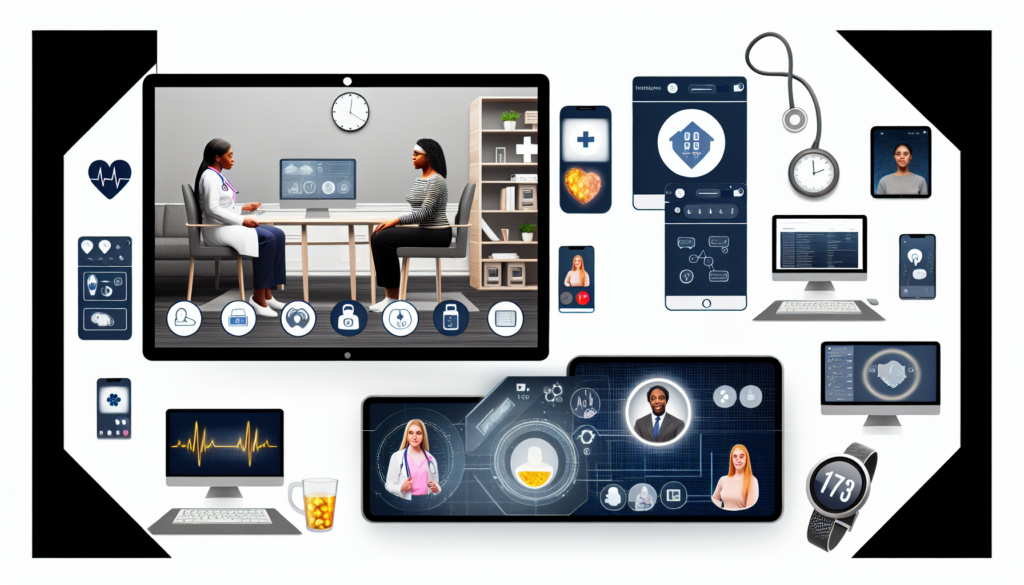Understanding The Role of Telehealth in Home Healthcare
As we navigate through the digital age, telehealth has emerged as a game-changing tool in the realm of home health care. Offering a host of benefits from accessibility to cost-efficiency, telehealth is revolutionizing the way patients receive health care services right at their homes.
Telehealth refers to the utilization of digital technologies, including computer systems, software applications, and mobile devices, to deliver health care services remotely. These tools provide patients and health care providers with a platform to monitor health conditions, communicate medical information, promote self-management of health, and provide health care education.
Accessibility and Convenience
One of the key benefits of telehealth is its ability to bridge the gap between patients and health care providers, especially for individuals living in remote locations, or those with mobility issues. By enabling video consultations, health care delivery becomes more accessible to everyone, breaking down geographical barriers and offering convenience like never before.
Monitoring Health Conditions
Telehealth systems facilitate the remote monitoring of patients, allowing health care professionals to keep track of the patient’s health condition from a distance. Using various connected health devices, such as health meters and wearables, critical health variables can be measured, stored, and transmitted to health care providers in real time. This feature is especially beneficial for patients with chronic diseases who require continuous monitoring.
Promoting Self-Management
By using telehealth systems, patients can play an active role in managing their health. These platforms provide health education, which empowers patients with self-care skills, and promotes preventive health behaviors. This not only enhances the individual’s capacity to manage their health conditions, but also boosts their sense of autonomy and control.
Cost-Effectiveness
The use of telehealth can lead to significant cost savings. By reducing the need for unnecessary hospital visits and readmissions, telehealth can lessen the financial burden on patients. It also helps healthcare systems by optimizing resource allocation, as continuous tracking helps provide early intervention and prevent critical health situations.
Conclusion
Telehealth is no longer a futuristic concept; it’s a reality that is transforming home health care. By removing accessibility challenges, enhancing the monitoring process, encouraging patient engagement, and cutting costs, telehealth is making home health care more efficient and patient-centric. As we continue to embrace this technology, it’s expected to become an inevitability in health care, playing a significant role in enhancing health outcomes and improving patient’s life quality.
At all4.health, we will keep you updated with the latest trends and developments in the field of home health care. The advancement in telehealth is just a glimpse of what the future holds. Stay tuned for our upcoming articles to keep abreast with the changing dynamics of home health care.



